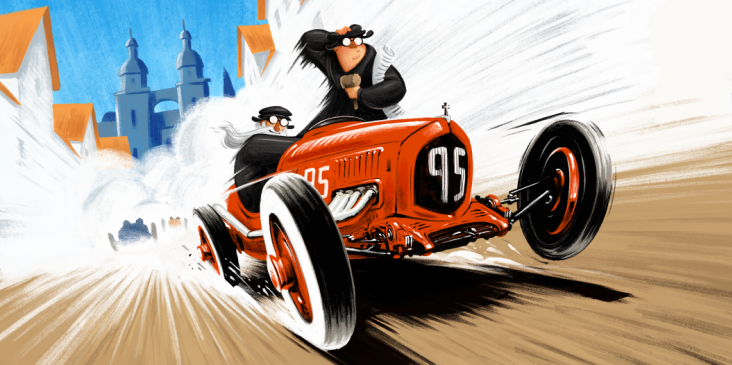“At thy right hand there are pleasures for evermore” (Ps. 16: 11)
“And when he had opened the fifth seal, I saw under the altar the souls of them that were slain for the word of God, and for the testimony which they held: And they cried with a loud voice, saying, How long, O Lord, holy and true, dost thou not judge and avenge our blood on them that dwell on the earth? And white robes were given unto every one of them; and it was said unto them, that they should rest yet for a little season, until their fellowservants also and their brethren, that should be killed as they were, should be fulfilled” (Rev. 6:9–11).
There are only four horsemen and there are seven seals. This means that the last three seals represent the affliction that is coming down on Jerusalem in a different way.
The Old Testament teaches us that the blood of the sacrificial victims was poured out at the foot of the altar. “And the priest . . . shall pour all the blood of the bullock at the bottom of the altar of the burnt offering” (Lev. 4:7). This is what was done with the burnt offering, which was an ascension offering, an offering of entire consecration. We are also taught in Leviticus that the soul (nephesh) of the flesh is in the blood. “For the life of the flesh is in the blood: and I have given it to you upon the altar to make an atonement for your souls: for it is the blood that maketh an atonement for the soul” (Lev. 17:11). So when we find the souls of the martyrs under the altar in Heaven, we are meant to think of this sacrificial imagery. This does not compete with the once-for-all sacrifice of Christ on the cross, but there is some sense in which the martyrs fill up the sufferings of Christ (Col. 1:24). This is because we are the body of Christ. When Saul was tormenting the saints on earth, the Lord Jesus asked him this from Heaven: “Why do you persecute me?” (Acts 22:7).
The martyrs were slain for two reasons. The first was the Word of God, and the second was their own testimony (marturia). From this exalted position under the altar of God, they cry out for judgment and vengeance. As true saints have always done, they leave this vindication in the hands of God, while urging Him to delay no longer than necessary. They are told to be patient and to wait until the full number of martyrs has come in. We can see they are righteous from the white robes they are given.
There are a number of indications that the persecution referred to here is the persecution of the first generation of Christians by the Jews. The martyrs cry out for vengeance against those who dwell upon the earth, which could be rendered as land.
In addition, Jerusalem had a reputation for dealing violently with prophets. “Nevertheless I must walk to day, and to morrow, and the day following: for it cannot be that a prophet perish out of Jerusalem” (Luke 13:33). The divine blow for this blood guilt was going to land upon Jerusalem, and upon the generation that had slain Jesus. “That upon you may come all the righteous blood shed upon the earth, from the blood of righteous Abel unto the blood of Zacharias son of Barachias, whom ye slew between the temple and the altar” (Matt. 23:35). There is no reason to suppose that the cry for vengeance under the altar is changing the subject. And when Jesus told the parable of the unjust judge, He wrapped it up with language that sounds very much like the voices from underneath the altar. “And shall not God avenge his own elect, which cry day and night unto him, though he bear long with them? I tell you that he will avenge them speedily. Nevertheless when the Son of man cometh, shall he find faith on the earth?” (Luke 18:7–8).
How long would the souls under the altar have to wait? Until the full number of martyrs had come in, and then God’s vengeance would fall upon Jerusalem. That happened in 70 A.D.
